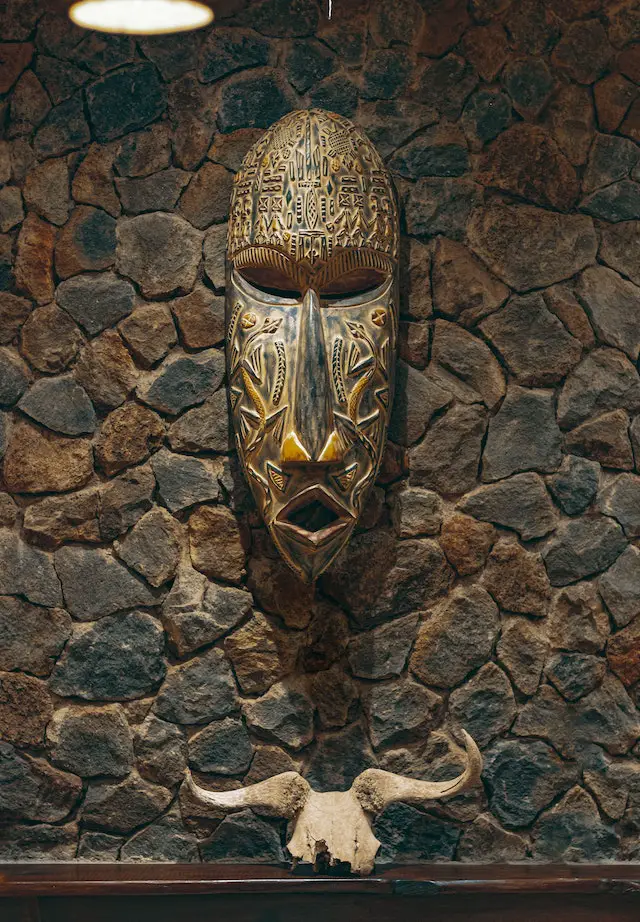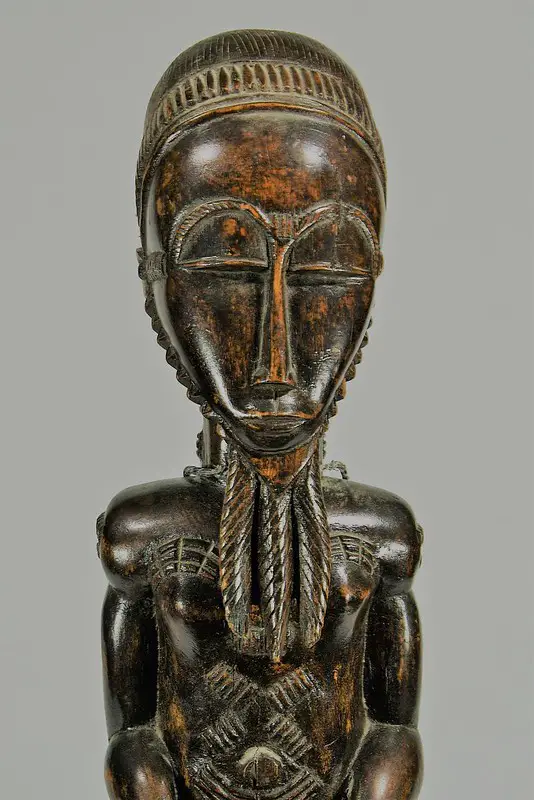
African mythology is a diverse collection of traditional beliefs, oral histories, and spiritual concepts that have been passed down through generations in African cultures.
It encompasses the cosmologies and worldviews of people living in Africa, including their religious beliefs and cultural practices.
African myths are some of the oldest stories in history, having been around since before the written language.
They are deeply intertwined with the cultural identity of the people who tell them, and they often serve as a way to explain the world around them.
African mythology is an integral part of the continent’s spiritual and social history and provides important insight into African culture.
With its rich symbolism, intriguing characters, and profound insights, African mythology offers a unique perspective on the human experience.
Mythology #1: Anansi is a popular figure in West African mythology.
Anansi is a central figure in West African mythology, appearing in stories throughout the region.
He is typically depicted as a trickster spider and revered for his wit, resourcefulness, and cunning.
Anansi is often seen as a wise teacher who uses his skills to help humans learn important lessons and gain knowledge.
According to legend, Anansi acquired all the stories of the world and shared them with his children.
Anansi is a beloved figure in West African culture, and he continues to be an important part of African mythology today.
His tales are often used as teaching tools, imparting lessons on justice, wisdom, and courage.
Though Anansi is not considered a god, he is still regarded as a powerful figure with the ability to influence and shape the lives of humans.
- Read also: Exploring the Fascinating World of Chinese Mythology Gods
- Read also: Japanese Mythology Facts
Mythology #2: Mami Wata is a water spirit in Central and West African mythology.
Mami Wata is one of the most popular figures in Central and West African mythology, typically depicted as a beautiful mermaid-like creature that rules over the waters.
She is believed to be a powerful spirit with the ability to influence people’s lives both positively and negatively.
Mami Wata is often associated with wealth, fertility, and abundance, as well as mystery and power.
According to legend, she can appear in human form or take on other shapes such as a snake or fish in order to interact with people.
In some stories, she is seen as a trickster who lures unsuspecting victims in with her beauty and then traps them underwater.
However, she can also be benevolent, offering protection, guidance, and wisdom to those who seek it.
Mami Wata continues to be an important part of African mythology today, representing the power of the natural world and the mysteries that lie beneath its surface.
Mythology #3: Nyame is the supreme sky god in Akan mythology.

Nyame is one of the most important figures in Akan mythology, considered to be the supreme sky god.
He is often seen as a benevolent and powerful deity who created the universe and all its inhabitants.
According to legend, Nyame was responsible for creating the world’s first humans from clay and giving them life.
Nyame is believed to be omniscient and omnipotent, and he governs over all aspects of life, from the physical to the spiritual.
He is associated with justice, truth, and wisdom and is said to be an all-seeing judge who decides matters of right or wrong.
Worshipers often pray to Nyame for protection, guidance, and blessings in their lives.
Though Nyame is not worshiped as widely today as he was in ancient times, he still holds an important place in Akan mythology and is seen as a powerful figure that can influence the fate of humans.
Mythology #4: Oya is a goddess of wind and storms in Yoruba mythology.
Oya is one of the most popular figures in Yoruba mythology, typically depicted as a goddess of wind and storms.
She represents destruction and renewal, as her winds can bring death and destruction but also clear away the old to make way for new growth.
According to legend, Oya is a powerful warrior goddess who brings fierce storms as she travels through the sky, cutting paths with lightning and carrying messages from the spirit world.
She is associated with fertility and abundance, often bringing rain after periods of drought. Oya is also believed to be a protector and guardian, watching over those in need.
Her power is seen as both destructive and beneficial, and she continues to be an important part of Yoruba culture today.
She is celebrated for her strength and courage, representing the resilience of the human spirit in times of turmoil.
- Read also: 10 Fascinating Egyptian Mythology Facts
- Read also: Top 10 Sumerian Mythology Facts
Mythology #5: Anansi is a trickster spider god in Ashanti mythology.
Anansi is one of the most beloved figures in Ashanti mythology, typically depicted as a cunning and clever trickster spider god.
He is believed to be the keeper of stories, folklore and wisdom and is constantly on a quest to gain more knowledge.
According to legend, Anansi was born in the sky realm, then descended to earth, where he began playing pranks and weaving webs of mischief.
He is seen as a clever trickster whose clever schemes often outwit those around him. Anansi is also associated with the moon, linked to various lunar phenomena such as eclipses.
He remains an important part of Ashanti culture today, representing intelligence and wit in the face of adversity.
Overall African mythology is rich and varied, encompassing a wide variety of figures and tales that offer insight into the cultures of this diverse continent.
From Anansi to Nyame, Mami Wata to Oya, these powerful deities remain an important part of African culture today.



